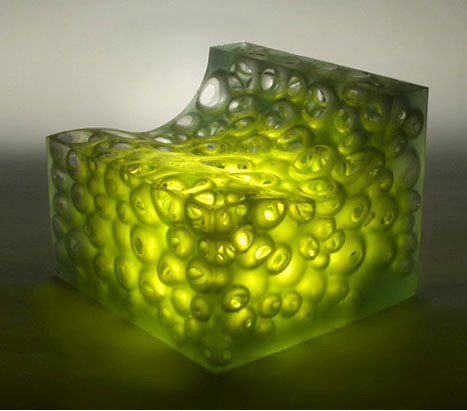Materials Engineering

Combine a bit of physics with a dash of chemistry and toss in equal amounts of mechanical, civil and electrical engineering, and voila! You’ll produce materials engineers. These folks take plastics, glass, metals and other raw substances and turn them into new materials and useful products.
Make a Difference!
Materials engineers are using nanotechnology — the manipulation of molecules and atoms to create new composite materials — to make flying safer. They’re developing airplane skins imbued with tiny sensors that will detect weak spots long before dangerous cracks occur. Eventually, they’ll likely devise materials that will repair themselves.

Did you know?
When materials, products, structures—including medical devices, bridges and cars—fail civil and criminal investigations are often the result. That’s why forensics—the application of science to legal matters—is a fast-growing area for materials engineers, who use their knowledge to explain why bad things happen.
Where Do They Work?
Well, clearly, there’s a great demand for materials engineers in the composite materials industry (Material Sciences Corp., Materials Innovation Technologies). But the need for new and improved materials is widespread. Other sectors where their skills are needed include: office technologies (Xerox, 3M); pharmaceuticals (Johnson & Johnson, Merck); consumer goods (P&G, Unilever); paper products (Kimberly Clark); aerospace (GKN, Lockheed Martin); high-tech (Imra, Intel, Texas Instruments); and aluminum manufacturing and recycling (Novelis).
 Meet An Engineer!
Meet An Engineer!
Shirley Meng attended MIT, and is now an assistant professor at the University of Florida. She runs the school’s Laboratory for Energy Storage and Conservation. Her area of expertise? Developing new materials to make lithium batteries — the type used in laptops and cellphones — robust enough to power hybrid electric cars. Development of longer-life batteries is key to making many green energy sources commercially viable.
COOL FACT: Meng can let you in on the secret of making your cellphone battery last longer — don’t let it run down too far before recharging it. If you do, she explains, it depletes the lithium and shortens its lifespan.
Watch a video about materials that heal themselves!
Find out the latest materials news!
Filed under: Explore Engineering, Materials
Tags: Materials









